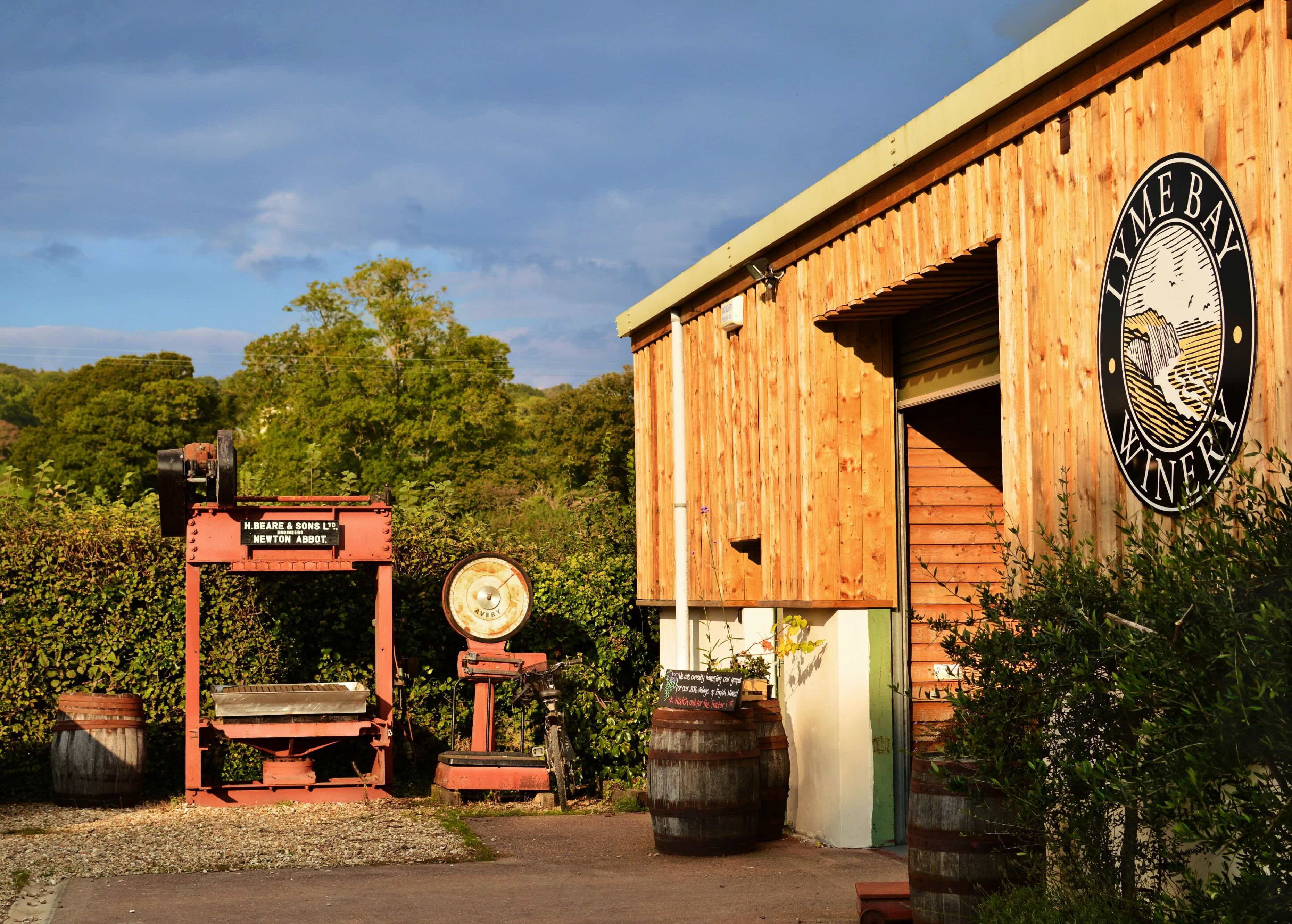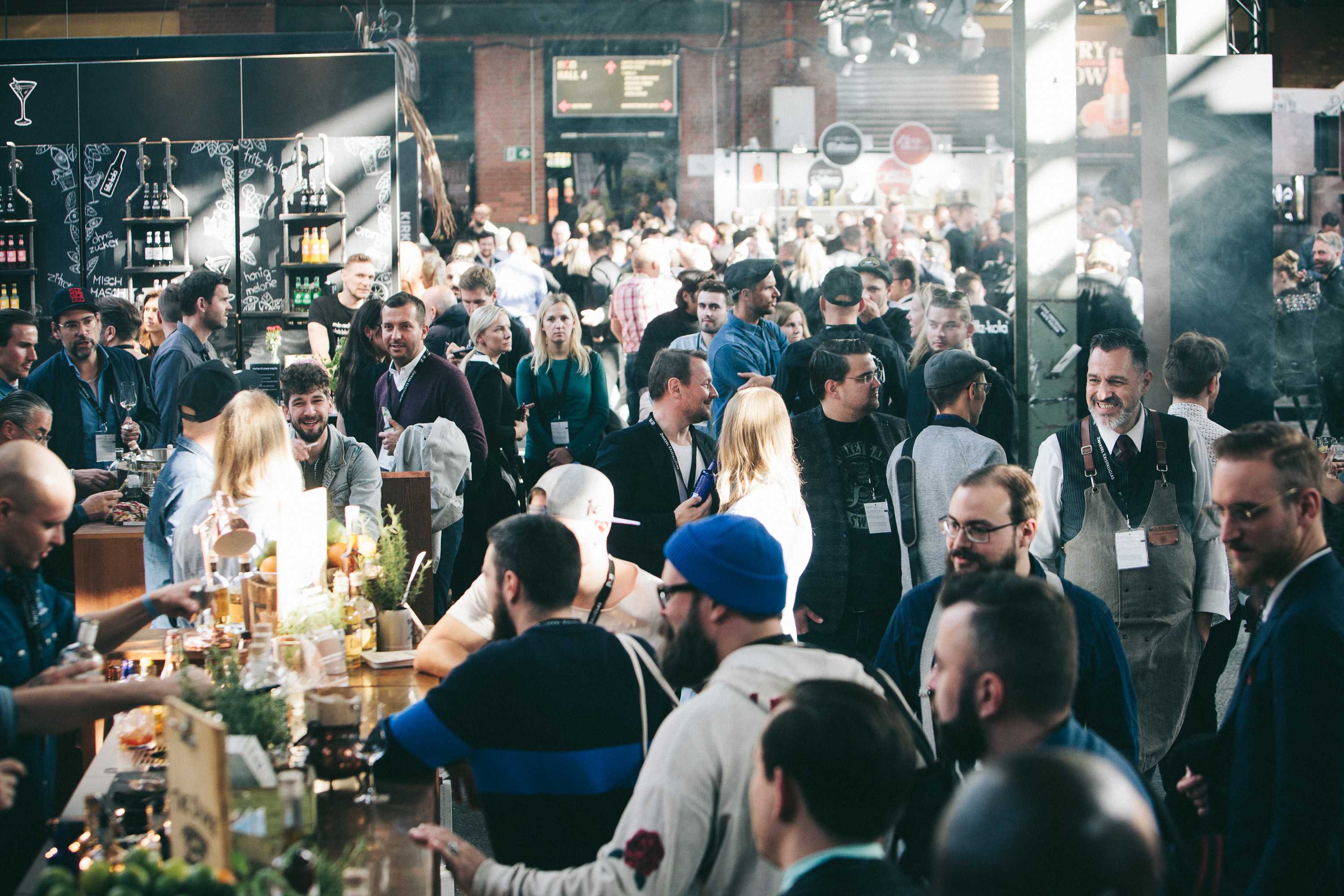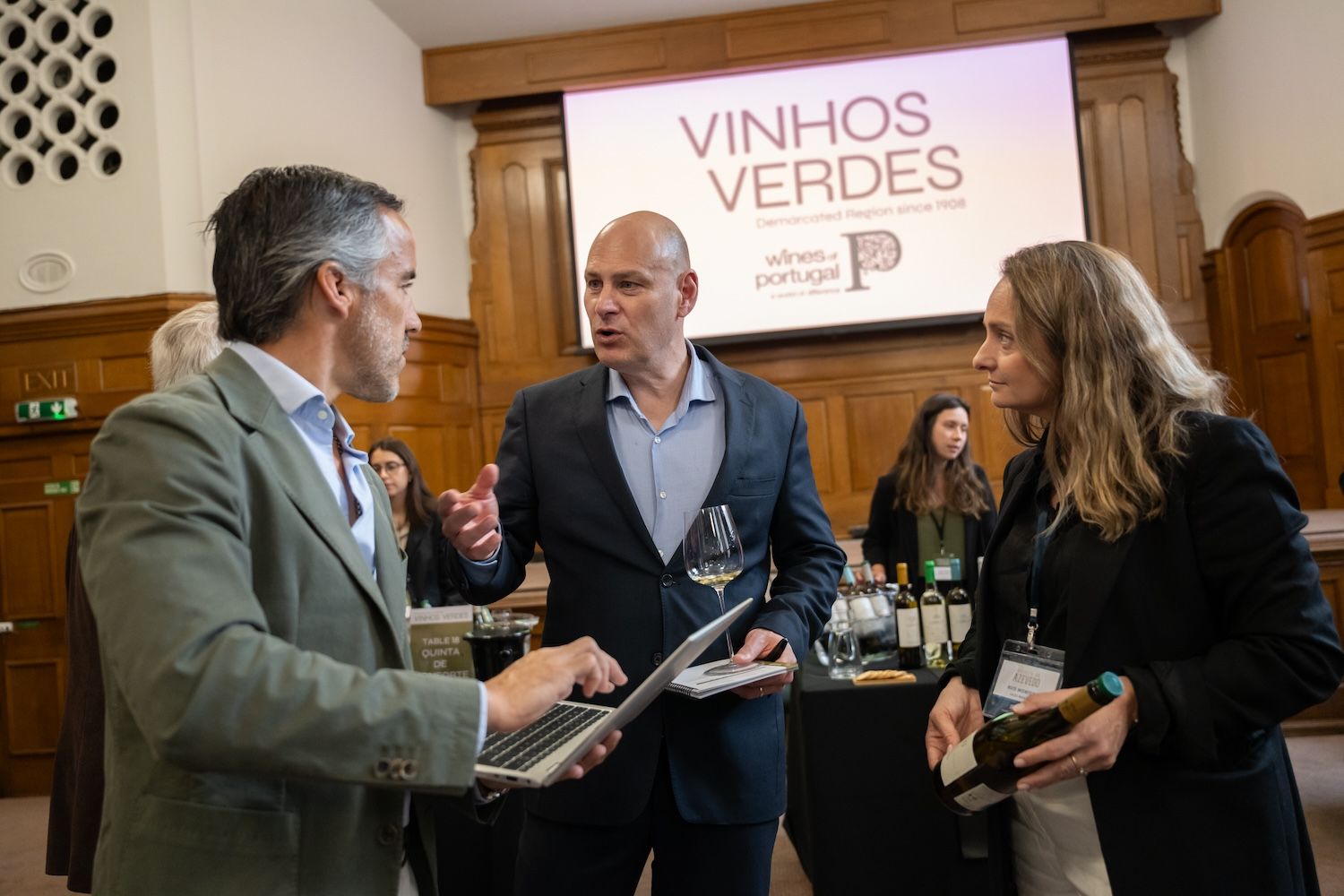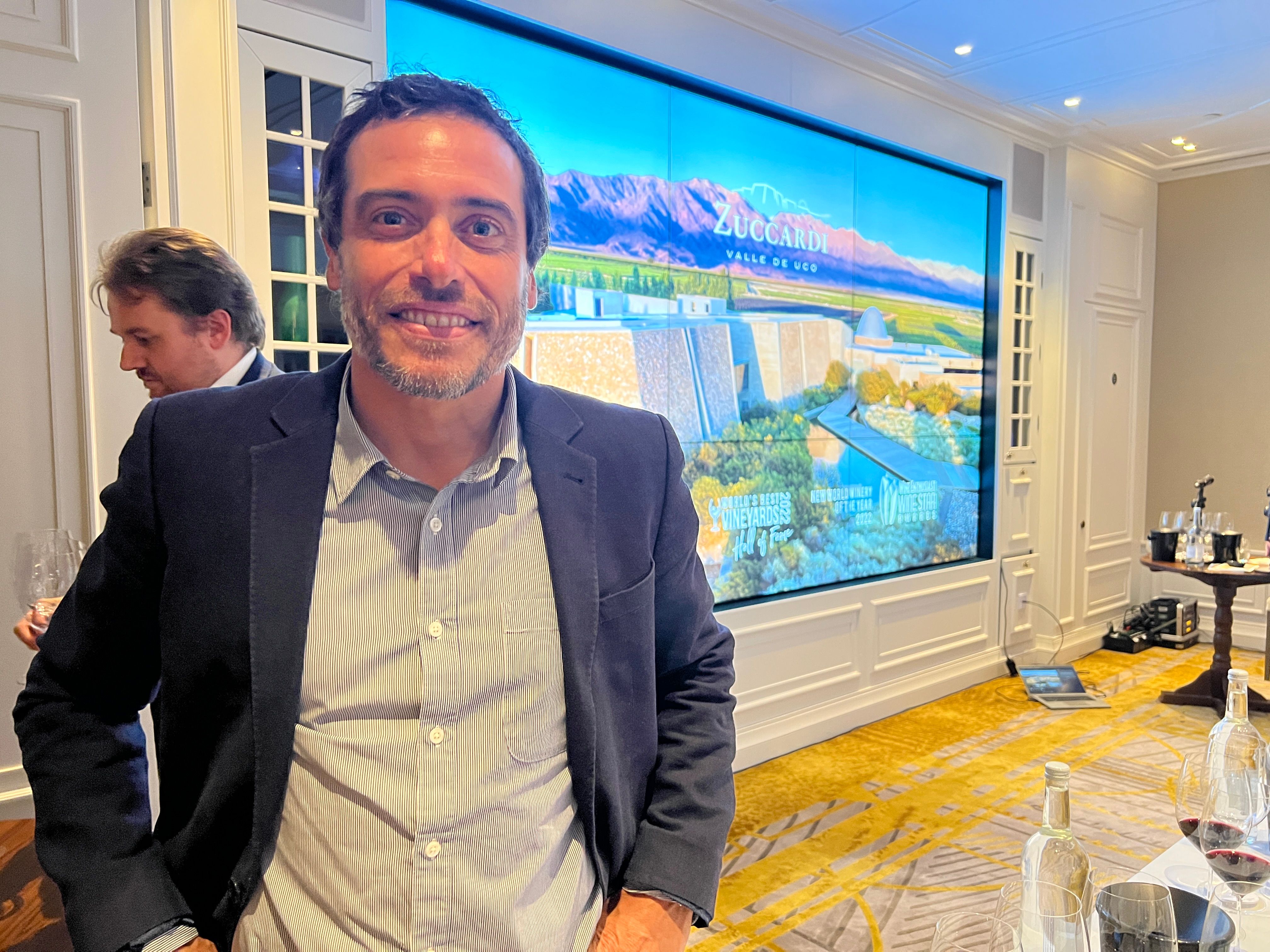“The Terra Alta appellation has become Garnatxa Blanca’s stronghold and claiming it as a local specialism can be key to develop a better position in international markets in the future,” writes Salpico.
When thinking of Catalunya’s iconic wines, it is perhaps Empordà, Priorat, Penédes or Montsant that one might expect them to hail from. But the region has other important DOs with potential to deliver wines of equal individuality and quality. One of such lesser known names is Terra Alta, the peninsular group of 12 municipalities on the southern tip of Catalunya, surrounded on all quadrants by Aragón except for the eastern perimeter along which the Ebro flows.
Joan Arrutí, President of the Terra Alta DO (DOTA) and owner/winemaker at Altavins, hosted a tasting intended to give an overall understanding of the terroir, history and winemaking traditions of this often-overlooked Catalonian sub-region. Newly appointed Spanish MW Àlvaro Ribalta guided the tasting and moderated the discussion. The wines he selected offered a perfect overview of the DOTA’s benchmark wines and of the different factors that contribute to their distinctiveness.
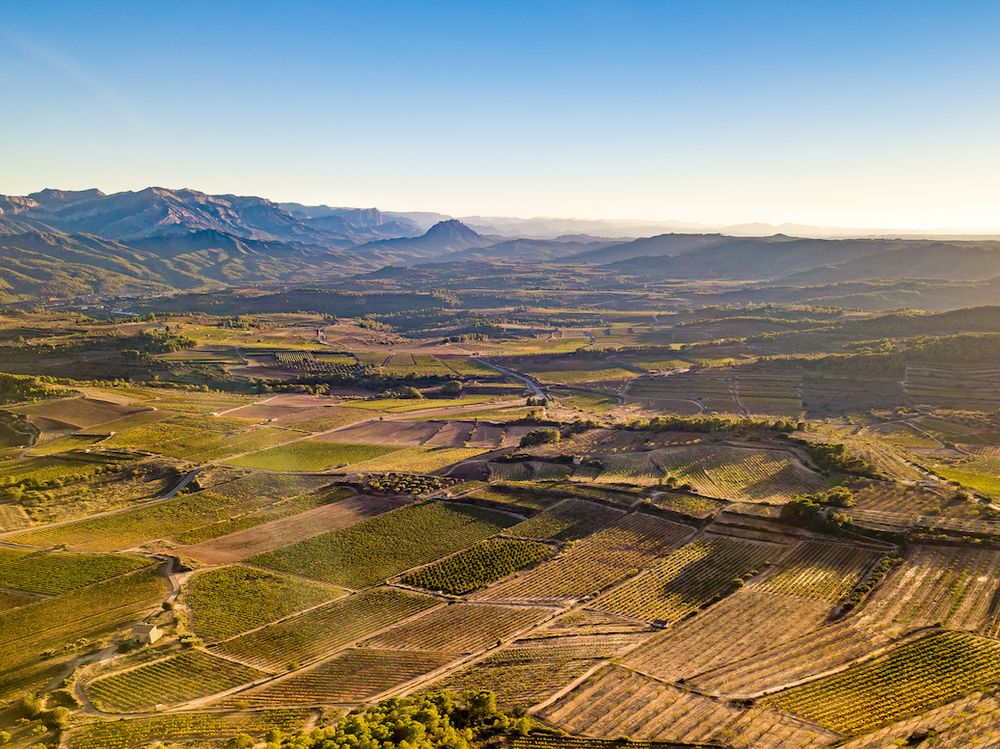
Terra Alta: an interesting winemaking sandbox
Terra Alta’s singular landscape was a notable source of inspiration for Picasso, who recurrently depicted the region over several summers. His paintings are a perfect introduction to what shapes the region’s terroir: patchworks of vineyards dominated by imposing rock formations; picturesque sun-drenched mountain villages; undulating rivers flanked by complex and textural banks. Such textural complexity is not merely visual; Terra Alta is home to at least 17 unique soil profiles that, along with the local climate and wealth of old vineyards, have turned the DO into an interesting winemaking sandbox.
As the name suggests, most vineyards in Terra Alta (‘high land’) sit at significant altitude, between 350 and 550 metres, on what is effectively a plateau shielded from greater sea influence by a mountain range that runs parallel to the coast. The climate is therefore Mediterranean with clear Continental pressure, mostly reflected in cold winters and very low precipitation. This is crucial to the balance found in the wines, with complex phenolic ripeness at manageable alcohol levels. The region’s mid and late-ripening varieties benefit from the heat and water stress to deliver complexity without too much sugar. Last week’s tasting provided an array of examples of this voluptuous elegance.
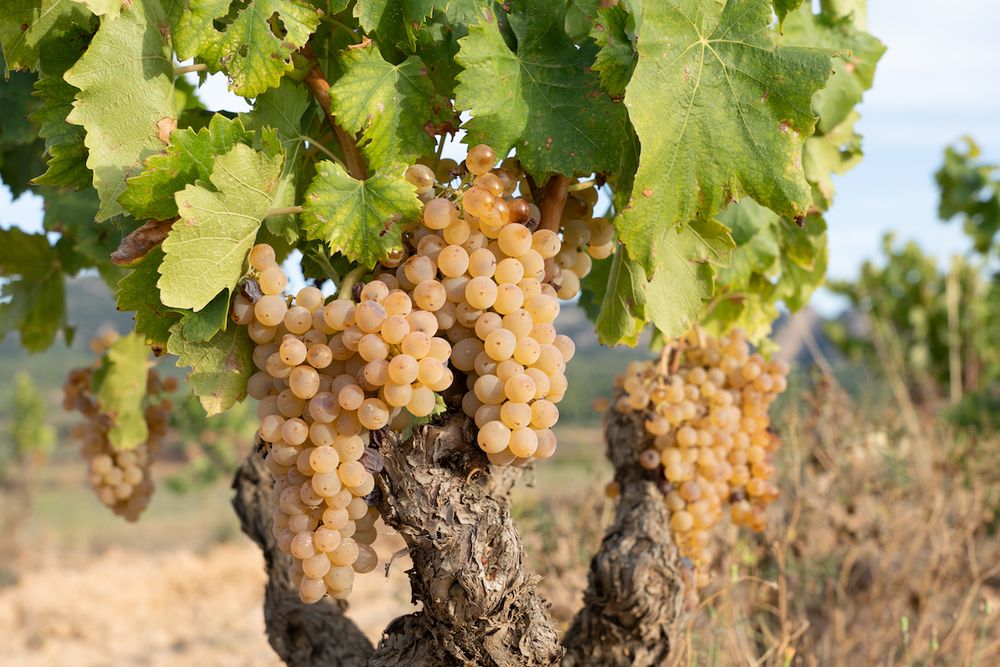
Garantxa Blanca can become Terra Alta’s international ‘calling card’
The session kicked off with a line-up of three expressions of the region’s flagship Garnatxa Blanca, for which DOTA has its own specific quality stamp, Terra Alta Garnatxa Blanca, given to the best quality single-varietal wines only. The appellation has become the white variety’s stronghold and claiming Garnatxa Blanca as a local specialism can be key to develop a better position in international (and possibly even in domestic) markets in the future. The three wines showed the potential for complexity, structure and ageabilibity that White Grenache can achieve in Terra Alta. Aromatic elegance is supported by textural complexity with the winemakers’ skill at play, enhancing it with pre-fermentation macerations, lees work and wood influence.
Two other Garnatxas, Tinta and Peluda (also known as LLadoner), complete the trio of DOTA’s main grapes. Garnatxa Tinta delivers intense fruitiness and good concentration due to the naturally low yields allowed by the local terroir. Peluda plays an increasingly important balancing role as it has higher acidity and achieves phenolic ripeness at lower sugar levels. Climate change is taking its toll and, as elsewhere, achieving balance is a fiercer challenge year after year, as the alcohol level in some of the wines tasted will clearly show. All winemakers agreed that both vinicultural and winemaking changes will need to be considered for all three Garnatxa mutations.
But the DO is not just territory for ‘Garnachistas’. Macabeu, Parellada and Samsò (Carignan) also feature and perform well on its rolling hills and well-drained soils.
Although home to different cooperatives (namely Bodega Cooperativa de Gandesa, in itself worth a visit for the impressive architecture of its headquarters, designed by Antoni Gaudi disciple César Martinell), DOTA’s path is clearly towards winemaker-led, smaller operations, focused on quality, narrative and terroir. In January 2020, Edetària was granted Vi de Finca/Vino de Pago status for the Mas d’Edetària Selecció estate blend (see details and tasting note below). It was the first wine to achieve the top of the Spanish classification pyramid within the DOTA and others will certainly follow in coming years.
A journey to Terra Alta in six benchmark wines:
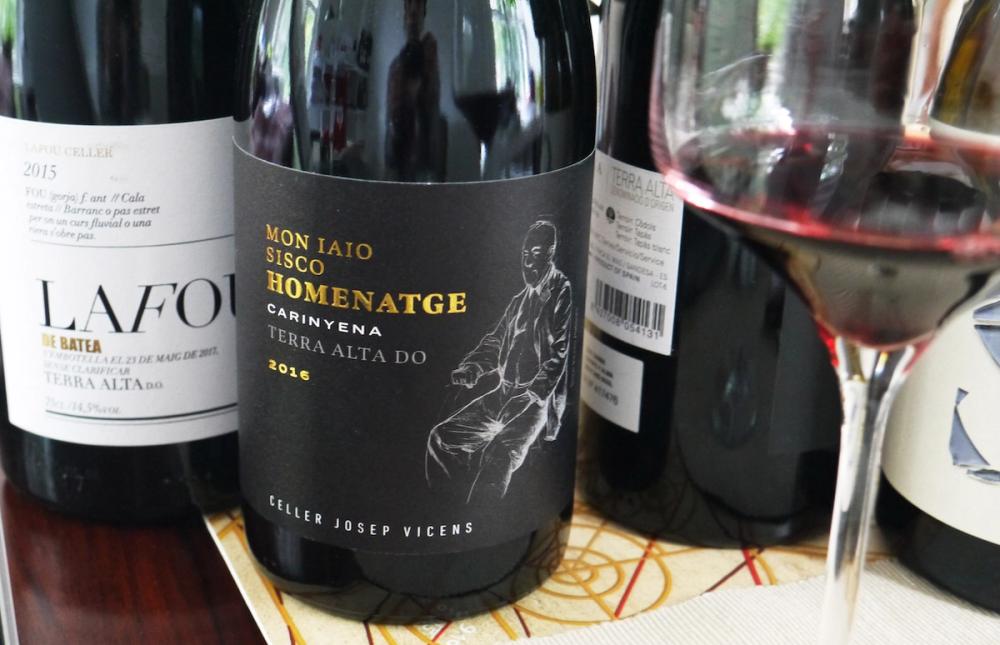
Xavier Clua, Il.lusió 2020
100% Garnatxa Blanca, 13.5 % ABV
A fresh yet structured expression of Garnatxa Blanca with bright aromas of grapefruit, orange zest and fennel, lined by ripe apple and white peach. There’s a lovely hint of reductive smokiness. Broad palate with great textural complexity, a product of both pre-fermentation maceration and lees work. The flavours echo the aromas, supported by a saline edge and a lingering, spicy hint of candied ginger.
Heréncia Altés, La Serra Blanc 2017
100% Garnatxa Blanca, 14.5 % ABV
A refined yet playful wine with finely weaved layers of ripe lemons, crunchy pear, toasted almonds, fennel seed and white blossoms. The fruit is sourced exclusively from an organically farmed vineyard, planted in the early 20th century and located at 420-480 metres above sea level. The wine is structured by the lively combination of the complexity delivered by the low-yielding vines and the gentle toast imparted by fermentation and 10-month ageing in new French oak foudres. Creamy texture and refreshing salinity. An outstanding wine, drinking beautifully now but still with great potential to evolve.
Altavins, Garnatxa Blanca Selecció 2015
100% Garnatxa Blanca, 14 % ABV
Another great example of Gartaxa Blanca, from Joan Arrutí’s Altavins. Fermented (with 3 days on the skins) and aged in barrel, the wine has a lovely combination of generous fruit and wood-imparted aromas. The palate is defined by the strong saline backbone which supports juicy flavours of pink grapefruit and frangipane. Zesty tannins add grip to this generous and delicious wine. Six years after harvest the wine shows maturity but also enduring freshness.
Josep Vicens, Mon Iaio Sisco Homenatge 2016
100% Samsò/Carignan, 14 % ABV
A tribute, both literal and symbolic, to Josep and Pau Vicens’ grandfather (Iaio), Sisco, who planted the old vineyard this wine hails from. A beautiful Carignan of great varietal expression with rich red fruit weaving through sweet spice, forest floor and dried herbs. Lovely slatey minerality that shape the fine angular tannins. The wine spends 15 months in a combination of French and American oak. Both alcohol and wood are extremely well integrated.
Edetària, El Mas d’Edetària 2017
60% Garnatxa Peluda, 30% Garnatxa Tinta/Fina, 10% Samsó/Carignan, 15% ABV
Edetària’s pioneering Vi de Finca. An organic, quintessential Terra Alta blend of Garnatxa Fina, Garnatxa Pelluda and Samsó/Carignan. Extremely elegant with firm and polished tannins enlivened by a refreshing acidity. The latter is no doubt imparted by Garnatxa Pelluda and explains why the variety plays a key role in the freshness of the region’s reds and on the seamless alcohol integration. Aromas of black berries are topped by Mediterranean herbs. 30% of the Garnatxas were fermented whole bunch and there’s a pleasant steamy greenness coming through. Long finish with lingering balsamic feel.
LaFou, LaFou de Batea 2015
85% Garnatxa Peluda and Garnatxa Tinta/Fina, 15% Samsó/Carignan, 14.5% ABV
Another elegant and opulent blend of Garnatxa Fina, Garnatxa Peluda and Carignan, with fruit hailing from vineyards aged 50 to 70 years. Different parcels are fermented separately and aged in Hungarian oak and concrete eggs. Intense dark fruit rests on a delicious savoury bed of black olive, dried Mediterranean herbs and salted almonds. An intense and broad-shouldered wine with firm, gravely tannins. One to cellar as definitely not yet at its peak.

